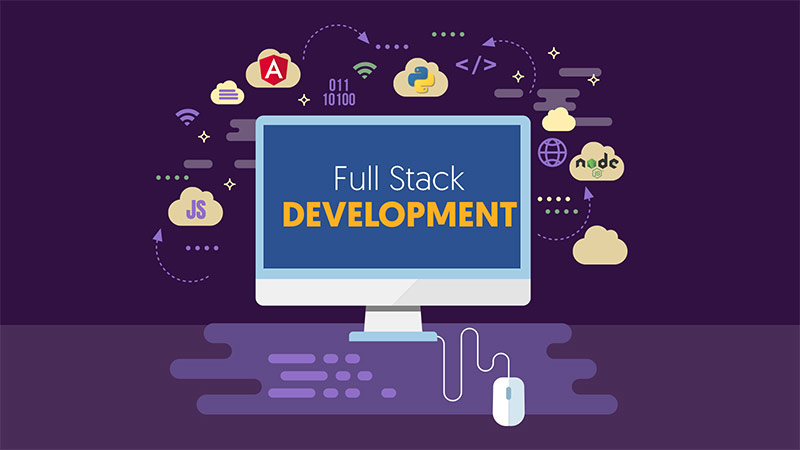Full Stack AI Program
"Building AI-powered Web Apps – Flask, FastAPI, Streamlit with AI Models & Building an AI-Powered Chatbot."
? Course Overview
This course is designed to teach students how to develop AI-powered web applications using Flask, FastAPI, and Streamlit. By the end of the course, students will be able to integrate AI models into web applications, deploy them, and build an AI-powered chatbot.
? Course Modules & Breakdown
1️⃣ Introduction to Full Stack AI Development
Overview of Full Stack AI and its applications
Understanding AI-powered web apps
Choosing the right framework: Flask, FastAPI, or Streamlit?
Course project overview: AI-powered chatbot & web apps
2️⃣ Python Foundations for AI Web Development
Quick Python refresher (functions, OOP, virtual environments)
Introduction to API calls and HTTP methods
Working with Python web frameworks
3️⃣ Flask for AI-Powered Web Apps
Setting up Flask & basic routing
Creating API endpoints for AI models
Handling form data & user input
Integrating AI models into Flask applications
Deploying a Flask app (Heroku, AWS, or Render)
4️⃣ FastAPI for High-Performance AI Applications
Why FastAPI? Advantages over Flask
Setting up FastAPI & creating endpoints
Using Pydantic for data validation
Async programming for AI-based applications
Deploying FastAPI applications with Docker
5️⃣ Streamlit for AI Model Visualization
Introduction to Streamlit for AI apps
Building an interactive AI-powered dashboard
Deploying AI models in Streamlit
Hosting Streamlit apps on Streamlit Cloud
6️⃣ AI Model Integration in Web Apps
Selecting an AI model (NLP, Computer Vision, Tabular Data)
Loading pre-trained models (TensorFlow, PyTorch, Hugging Face)
Custom AI model training & deployment
Serving AI models via APIs (Flask & FastAPI)
7️⃣ Database & Cloud Storage for AI Apps
Introduction to SQL (PostgreSQL, SQLite) & NoSQL (MongoDB, Firebase)
Connecting web apps to databases
Storing AI model outputs & user interactions
Cloud storage for AI models (AWS S3, Google Drive)
8️⃣ Frontend Essentials for AI Web Apps
Basics of HTML, CSS, JavaScript
Using React or Vue.js for UI enhancements
Integrating frontend with Flask, FastAPI, and Streamlit
RESTful & GraphQL API calls from the frontend
9️⃣ Building an AI-Powered Chatbot
Introduction to NLP & Chatbot architectures
Using OpenAI’s GPT, Dialogflow, or Rasa for chatbot models
Building a chatbot API with FastAPI/Flask
Deploying the chatbot to Telegram, WhatsApp, or a Web App
? Deployment & Scaling AI Web Apps
Deploying on AWS, GCP, Azure
Containerization with Docker
Serverless deployment options
CI/CD pipelines for AI applications
Performance optimization & security best practices
?? Teaching Strategy
Hands-on First Approach: Code-along exercises from Day 1
Project-Based Learning: Build real-world AI-powered apps in each module
Live Coding & Debugging: Encourage interactive sessions with live problem-solving
Assignments & Capstone Projects: Practical implementations of AI models in web apps
Collaboration & GitHub: Students work on GitHub repositories & contribute to projects
? Course Outcome
By the end of this course, students will: ✅ Build and deploy AI-powered web applications using Flask, FastAPI, and Streamlit
✅ Integrate AI models (NLP, Computer Vision, etc.) into web apps
✅ Build, deploy, and scale an AI-powered chatbot
✅ Deploy AI applications on cloud platforms
✅ Have a portfolio of AI-powered web projects

